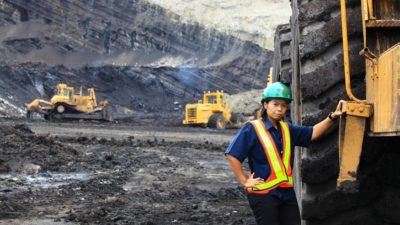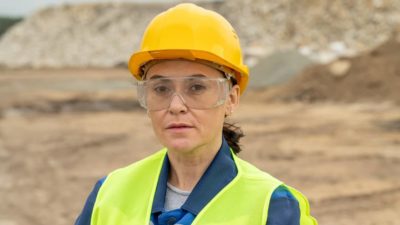ASX rare earths shares have been among the top performers over the past 12 months.
Lynas Rare Earths Ltd (ASX: LYC) shares, for example, are up 31% since this time last year.
But while Lynas is slipping today, down 0.7%, it's another ASX rare earths miner that's shooting higher.
Namely, American Rare Earths Ltd (ASX: ARR), which is up 6.4% at the time of writing but went 12.5% higher in earlier trading.
Why is this ASX rare earths share rocketing today?
Investors are bidding up the American Rare Earths share price today after the company reported a 328% increase to the exploration target at its Halleck Creek project.
The JORC-compliant exploration target estimate is based on the explorer's latest surface sampling and 2022 maiden drilling results.
Located in the state of Wyoming in the United States, American Rare Earths said its new estimates confirm the potential for Halleck Creek to be one of the largest rare earths projects in the US.
According to the release, the new exploration targets outline between 1.01 billion tonnes and 1.27 billion tonnes of rare earths mineralised rocks. That's up more than three-fold from the previously reported targets of 308 million tonnes to 385 million tonnes.
The miner noted that the potential quantity and grade of its Halleck Creek resource are conceptual in nature. It said that to date there has been "insufficient exploration to estimate a Mineral Resource" at the project.
Commenting on the upgraded estimates, American Rare Earths CEO Chris Gibbs said:
The Halleck Creek project is shaping up to become a world class asset. The maiden drill campaign was a resounding success, and the new exploration target is massive. Assay results exceeded our expectations with consistent rare earth mineralisation observed throughout the deposit.
We continue to expand the project footprint and the deposit remains open at depth and laterally.
How has the ASX explorer been tracking?
Like many ASX rare earths shares, the American Rare Earths share price has been a strong performer over the past 12 months, up 39%.
That compares to a full-year loss of 9% posted by the All Ordinaries Index (ASX: XAO).








